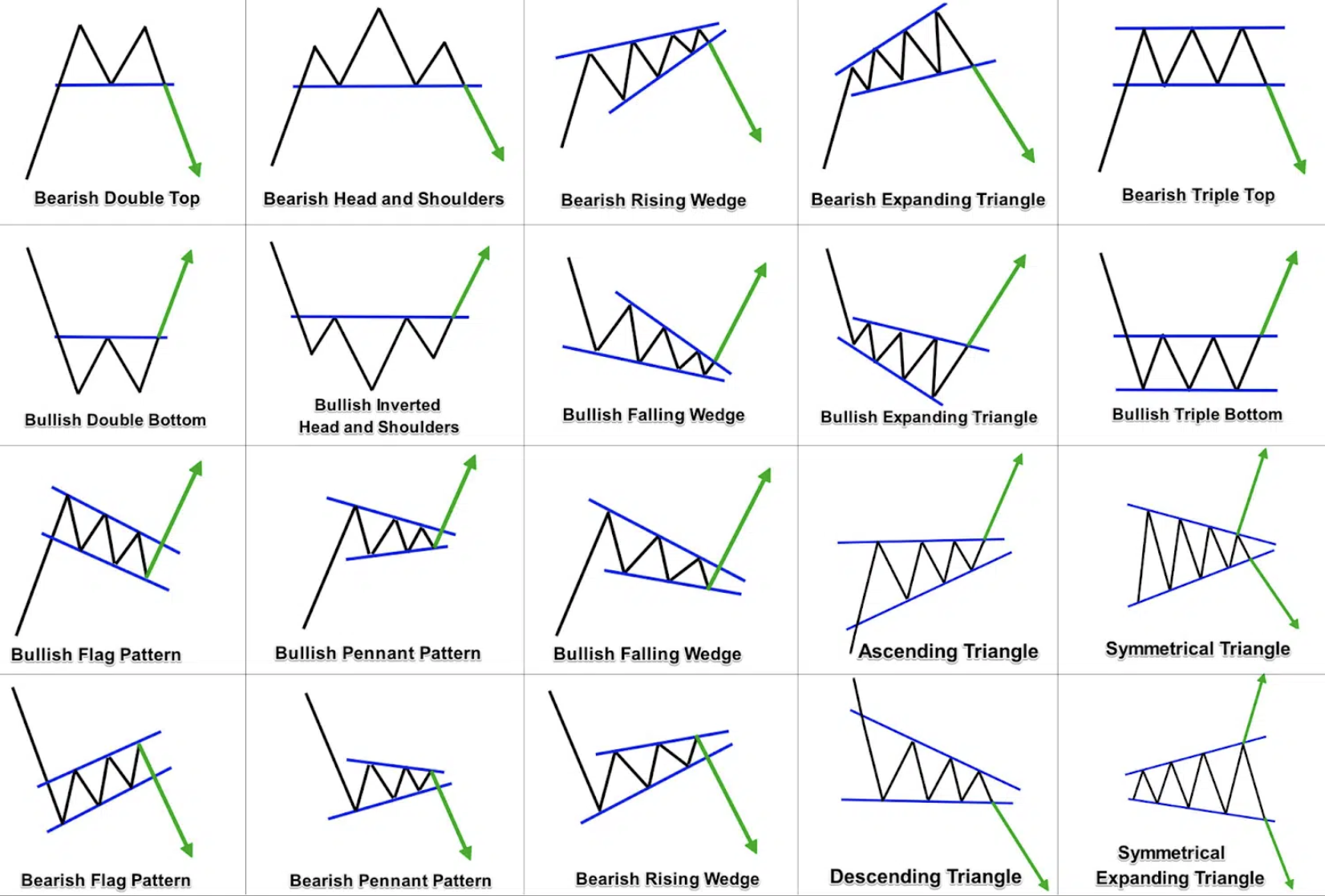In the realm of technical trading, precision is paramount. From pinpoint entries to meticulous stop placement, every decision plays a critical role in achieving trading success. However, one aspect that often induces stress and uncertainty among traders is the correct placement of stop losses. Despite numerous myths and misconceptions surrounding stop loss orders, it’s essential for traders to establish a clear “line in the sand” and adhere to it unwaveringly.
In today’s heightened-volatility market environment, many traders find themselves grappling with an increased frequency of stop loss triggers. This can lead to frustration and doubt about the effectiveness of their trading strategies. To address this challenge, it’s imperative to adopt a proactive approach and implement tailored solutions to safeguard against unnecessary losses.
Refining Stop Loss Strategies
The first step in mitigating the impact of market volatility on stop losses is to review and potentially adjust your trading plan. By incorporating clauses that account for varying levels of volatility, traders can adapt their stop placement techniques accordingly. In volatile conditions, opting for wider stop losses may provide a buffer against erratic price movements, albeit with the trade-off of smaller position sizes. This pragmatic approach acknowledges the transient nature of market conditions and empowers traders to navigate turbulent waters with greater resilience.
Emphasizing Quality Over Quantity
Amidst heightened volatility, it becomes increasingly crucial to prioritize the quality of trading patterns over sheer volume of trades. Rather than indiscriminately entering positions, focus on identifying the highest-quality patterns that exhibit clear signs of buyer or seller control. This emphasis on quality, exemplified in methodologies taught in the Professional Trading Strategies Course (PTS) serves as a robust defense mechanism against market volatility. By adhering to strict criteria for pattern selection, traders can minimize the likelihood of stop loss triggers stemming from erratic price fluctuations. You must also give certain trades more room depending on the market environment. Normally you might give a particular pattern/stock 50 cents of room on the stop loss, but in certain environments we need to increase the size of the stop loss to take market conditions into account. We must also do this for more volatile and higher priced stocks. The tightest stop loss is NOT always the best one!!!
Maintaining a Logical Approach
While volatility may pose challenges, it also presents opportunities for astute traders who approach it with a logical mindset. Instead of viewing volatility as an insurmountable obstacle, leverage it as a catalyst for refining your trading strategies. By embracing a methodical approach tailored to wild market fluctuations, traders can transform moments of uncertainty into pillars of success.
In conclusion, the art of stop loss placement transcends mere technical analysis—it embodies the resilience and adaptability of the trader. Through strategic adjustments to stop loss strategies and a steadfast commitment to quality trading patterns, traders can weather the storm of market volatility with confidence and composure. Remember, in the face of uncertainty, discipline and diligence are your greatest allies. In closing…NO, market makers are NOT out to get your orders or singling you out. No matter how good we are and how well we understand the market environment and individual stocks, we can never be perfect, which means we will stop out from time to time. Don’t take it personally. Learn from it and try to do better next time. Trade well, and may your journey be marked by success.





